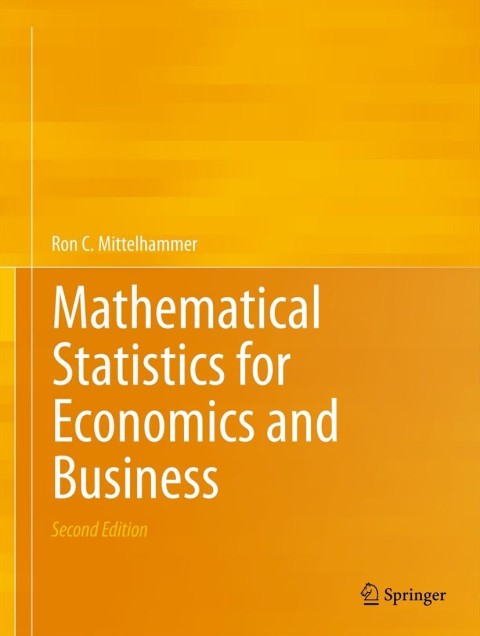For estimating the population mean, (mu), based on a size (n) iid random sample, (left(X_{1}, ldots, X_{n}ight)),
Question:
For estimating the population mean, \(\mu\), based on a size \(n\) iid random sample, \(\left(X_{1}, \ldots, X_{n}ight)\), from some population distribution, the following three estimators are being considered
\(t_{1}(X)=n^{-1} \sum_{i=1}^{n} x_{i}, t_{2}(X)=(n-1) \sum_{i=1}^{n-1} x_{i}\), and
\(t_{3}(X)=n^{-1}\left(.5 \sum_{i=1}^{n / 2} x_{i}+1.5 \sum_{i=(n / 2)+1}^{n} x_{i}ight)\)
where \(n\) is an even number.
a. Identify which of the estimators are unbiased estimators of \(\mu\).
b. Identify which of the estimators are asymptotically unbiased estimators of \(\mu\).
c. Define the variances of each of the estimators. Identify which estimator has the smallest variance. In comparing the variances of these particular three estimators, would you have expected one of these estimators to have the smallest variance, \(a\) priori?
d. Identify which of the estimators are consistent estimators of the population mean, justifying your answers.
Step by Step Answer:

Mathematical Statistics For Economics And Business
ISBN: 9781461450221
2nd Edition
Authors: Ron C.Mittelhammer





